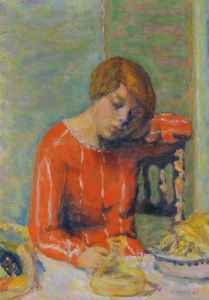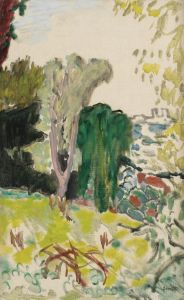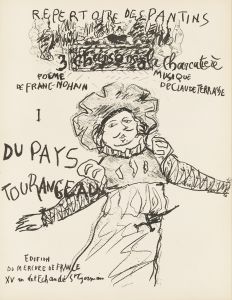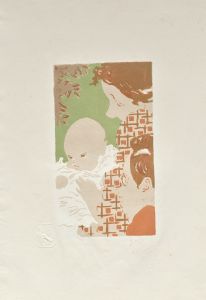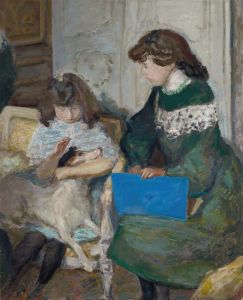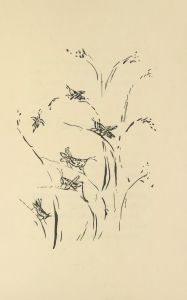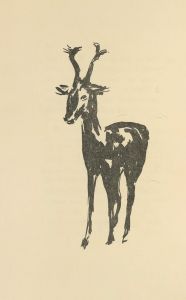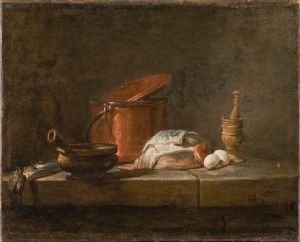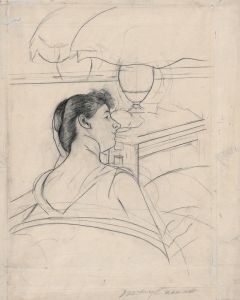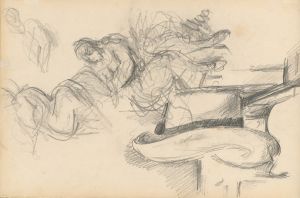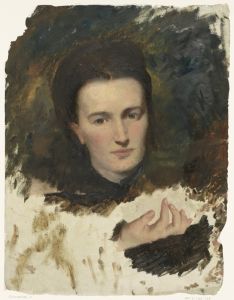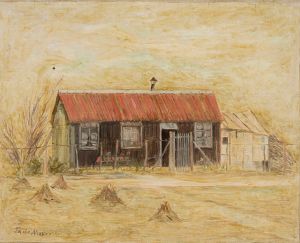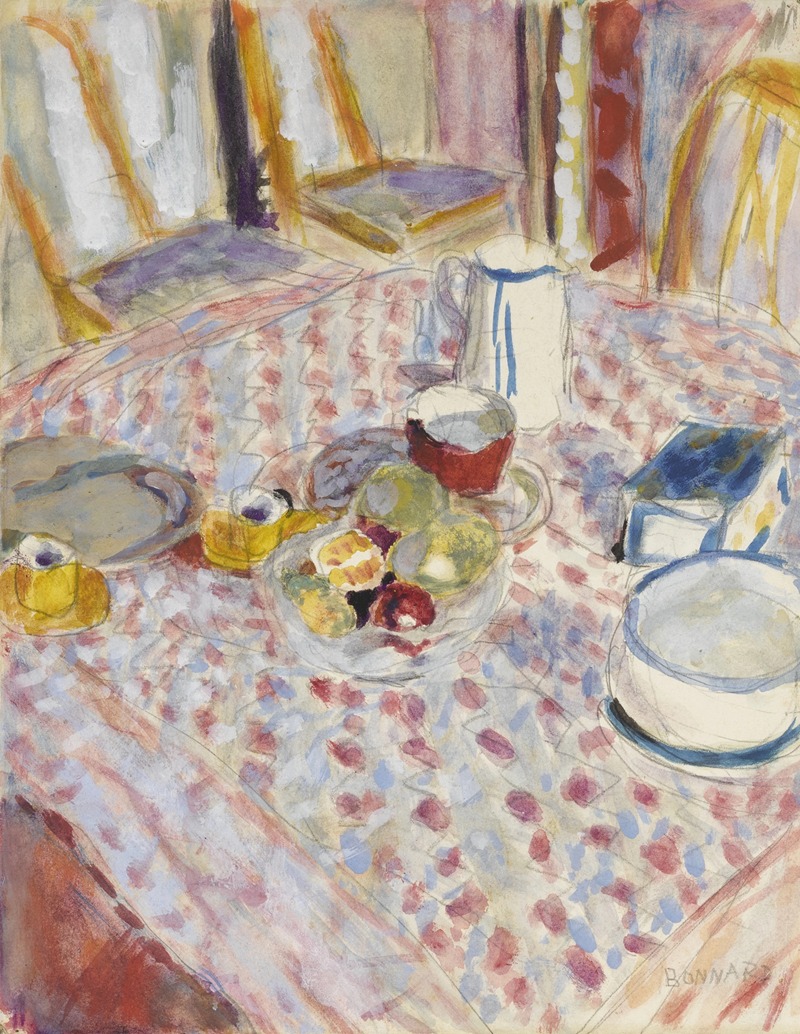
Nature morte sur une nappe à carreaux rouges
A hand-painted replica of Pierre Bonnard’s masterpiece Nature morte sur une nappe à carreaux rouges, meticulously crafted by professional artists to capture the true essence of the original. Each piece is created with museum-quality canvas and rare mineral pigments, carefully painted by experienced artists with delicate brushstrokes and rich, layered colors to perfectly recreate the texture of the original artwork. Unlike machine-printed reproductions, this hand-painted version brings the painting to life, infused with the artist’s emotions and skill in every stroke. Whether for personal collection or home decoration, it instantly elevates the artistic atmosphere of any space.
Pierre Bonnard, a prominent French painter and a founding member of the Post-Impressionist group Les Nabis, is celebrated for his vibrant use of color and innovative compositions. One of his notable works, "Nature morte sur une nappe à carreaux rouges" (Still Life on a Red Checkered Tablecloth), exemplifies his distinctive style and approach to still life painting.
Bonnard was born on October 3, 1867, in Fontenay-aux-Roses, France. He studied at the Académie Julian and the École des Beaux-Arts in Paris, where he developed his artistic skills and met other influential artists. His association with Les Nabis, a group of avant-garde painters, played a crucial role in shaping his artistic vision. The group sought to break away from the traditional approaches of Impressionism and embraced a more symbolic and decorative style.
"Nature morte sur une nappe à carreaux rouges" is a testament to Bonnard's mastery of color and composition. Although the exact date of the painting is not specified, it is consistent with his work from the early to mid-20th century. The painting features a table set with various objects, including fruits, a jug, and a distinctive red checkered tablecloth. Bonnard's use of bold colors and loose brushwork creates a sense of vibrancy and movement, drawing the viewer's eye across the canvas.
Bonnard's approach to still life was unique in that he often infused his compositions with a sense of intimacy and domesticity. Rather than focusing solely on the objects themselves, he captured the atmosphere and mood of the scene. In "Nature morte sur une nappe à carreaux rouges," the interplay of light and shadow, along with the rich color palette, evokes a warm and inviting ambiance.
The red checkered tablecloth is a recurring motif in Bonnard's work, symbolizing the everyday life and domestic settings that he frequently depicted. This choice of subject matter reflects his interest in capturing the beauty of ordinary moments and objects. Bonnard's ability to transform mundane scenes into captivating works of art is a hallmark of his style.
Throughout his career, Bonnard remained committed to exploring the possibilities of color and composition. He often worked from memory, allowing his imagination to guide his brush. This approach resulted in paintings that are both realistic and dreamlike, blurring the line between reality and imagination.
Bonnard's influence extends beyond his lifetime, as his work continues to inspire contemporary artists. His innovative use of color and composition has left a lasting impact on the art world, and his paintings are celebrated for their ability to convey emotion and atmosphere.
"Nature morte sur une nappe à carreaux rouges" is a prime example of Bonnard's artistic vision and his contribution to the evolution of modern art. Through his unique approach to still life, he captured the essence of everyday life and transformed it into something extraordinary. Bonnard passed away on January 23, 1947, in Le Cannet, France, leaving behind a rich legacy of art that continues to be admired and studied by art enthusiasts and scholars alike.





